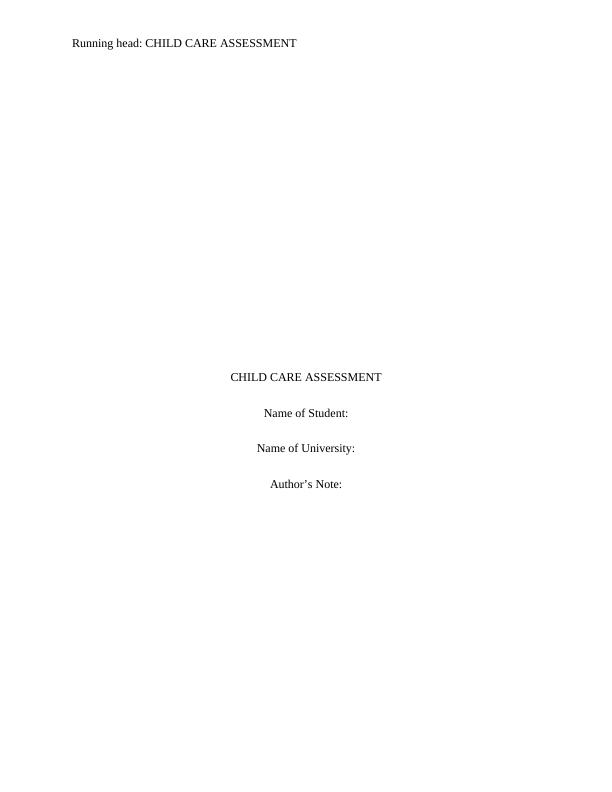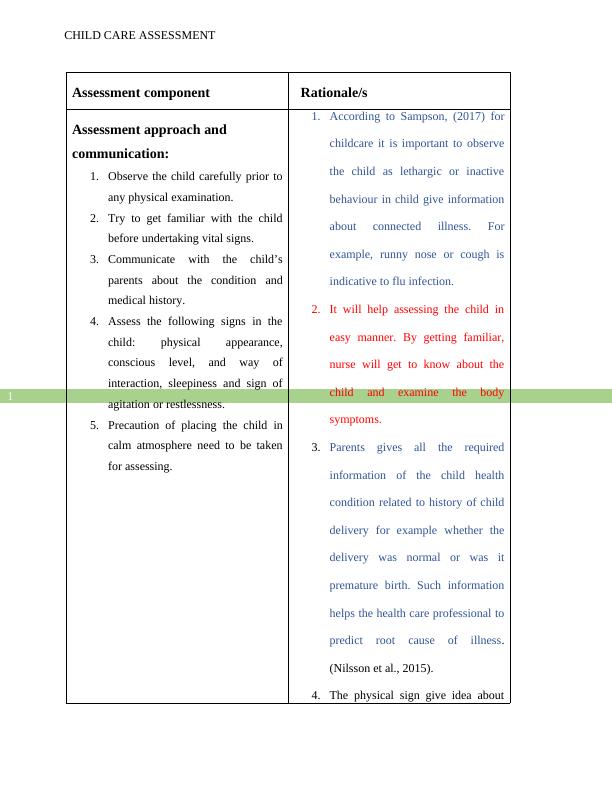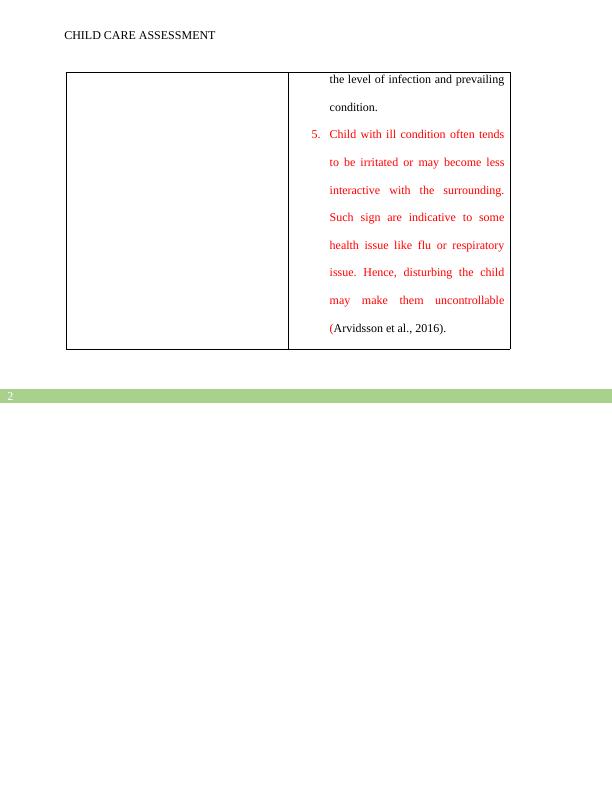CHILD CARE ASSESSMENT 2022
Added on 2022-10-09
12 Pages2197 Words12 Views
End of preview
Want to access all the pages? Upload your documents or become a member.
Nursing Assessment of Bronchiolitis in Infants and Young Children
|8
|2375
|86
Assignment on Asthma - Diagnosis, and Treatment
|9
|1721
|15
Essay on Deteriorating Patient
|11
|3105
|1021
Pathogenesis, Aetiology, Trigger Factors, Clinical Features, and Treatment of Acute Severe Asthma
|2
|612
|197
Nursing Management of Pneumonia
|11
|3184
|431
Managing Chronic Obstructive Pulmonary Disease (COPD): A Case Study
|11
|3361
|107




